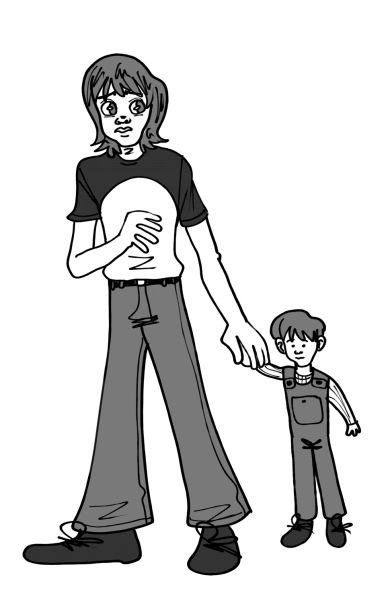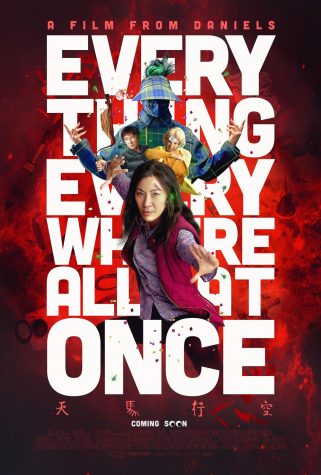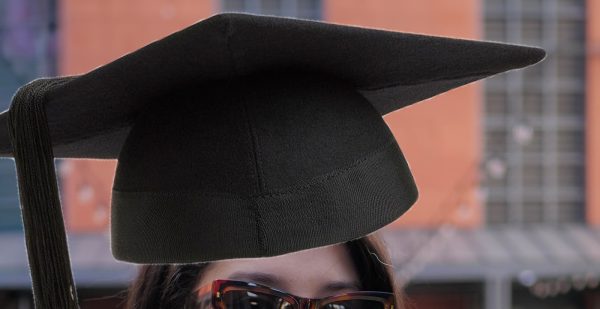Souls leave the body of Ghost in the Shell audience
Creative Commons
Rupert Sanders’ adaption of “Ghost in the Shell” steers away from uncovering deeper meaning established in the 1995 anime classic by the same name and pumps out a montage of mindless cyberpunk action.
In futuristic Japan, the majority of humans are augumented with cybernetics, enhancing their strength and intelligence. Hanka Robotics developed a mechanical body, or “shell”, that integrates the human brain rather than artificial intelligence.
The plot revolves around Major Motoko Kusanagi, played by Scarlett Johansson, and how she discovers her history as a human before she became a cyborg. The action thickens when Hanka’s CEO, Cutter, played by Peter Ferdinando, decided to use Kusanagi as a counter-terrorism weapon.
The most glaring problem is that the movie dumbs down the original story. For example, instead of weaving in context about ghosts (the human soul) and shells (tangible body that carries the ghost), the movie patronizes the audience in the first five minutes by throwing explicit definitions in their faces.
Sanders took a sentimental direction by having Kusanagi uncover her past life as a human as opposed to a cerebral one in which she ponders carrying a soul. Sanders gave Kusanagi a concrete backstory, but doing so simplified her character and sidestepped crucial internal dilemmas Kusanagi underwent in the original. This is the main difference from director Mamoru Oshii’s anime, which explores identity, humanity, and how humans have a direct relationship with their environment.
Also, the repetitive explosions, gunfights, and chase scenes were unmemorable and overdone. Even more unmemorable was the antagonist Hideo Kuze, played by Michael Pitt, who became another villain movie trope: a disfigured face hidden under a mop of greasy hair. If you look at the anime’s Kuze, you will see how disgracefully uncreative Pitt’s character was.
However, the live action portrays the juxtaposition of the crowded city vividly through the melding of dilapidated buildings and futuristic technology. Also, there was one insightful scene when Kusanagi asks a female human stranger if she can examine and touch her face in hopes that Kusanagi will learn about her own humanness.
The concept of humanity and souls are downplayed in Sander’s version, but Sanders compensates by exploring the power of memory and forming human relationships. The addition of Dr. Ouelet, played by Juliette Binoche, was an excellent vehicle for that concept.
Despite those few positives, the movie fell flat because Sanders twisted a cerebral anime with philosophical elements into a conventional action flick. Sanders, an English director, follows the tradition of crafting goal oriented Western storylines in which the plot is continually advanced through character action. In contrast, traditional Japanese storylines use a series of images to evoke emotions.
Oshii accomplishes that in the second act of the anime.Think of how famed director Hayao Miyazaki invests screen time away from characters and dialogue by showing long silent shots of the bathhouse in “Spirited Away” and the forest in “Princess Mononoke.” In these slow and silent moments, the viewer is immersed into the Oshii and Miyazaki’s fictional universe. Sanders did none of that.
Lastly, “Ghost in the Shell” made the mistake of whitewashing Kusanagi. Johansson may have acted well, but Kusanagi is a Japanese character and should have been played by a Japanese actress. It’s as simple as that.
Overall, “Ghost in the Shell” makes an earnest effort in finding a balance between reimagining the original and staying faithful to certain aspects, but it disregards crucial themes that capture the essence of the classic. If you’re curious to see how Sanders handled the story, skip the theaters and watch a cheaper rental.



















